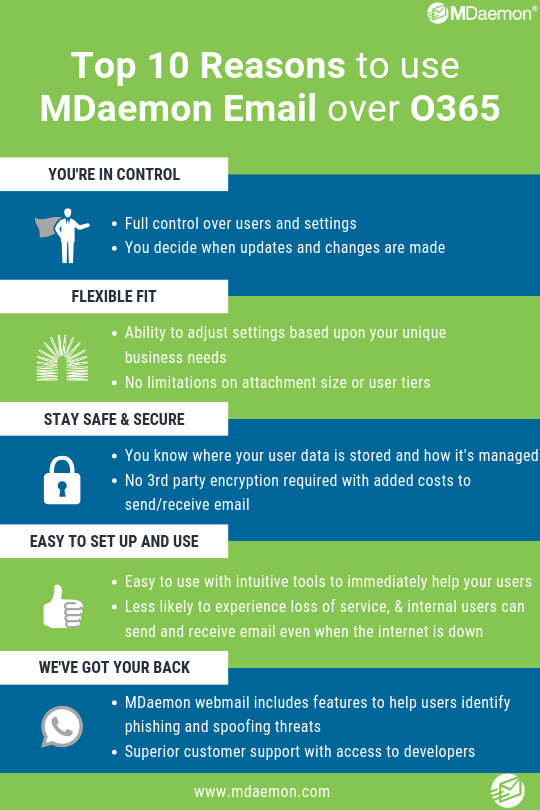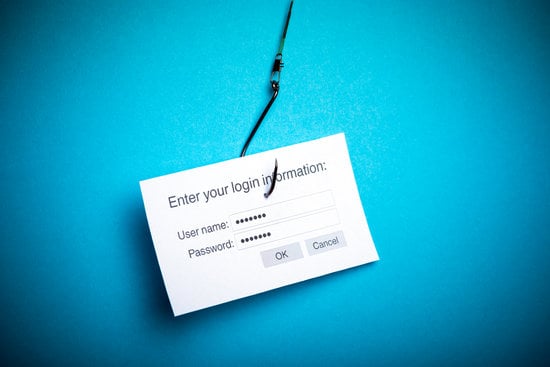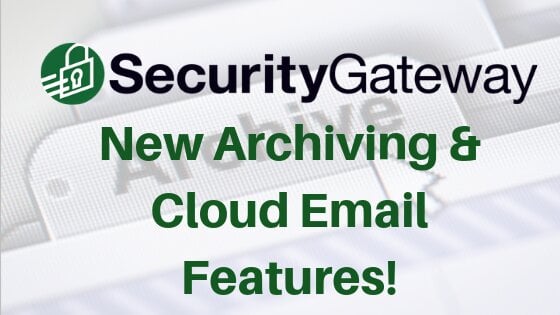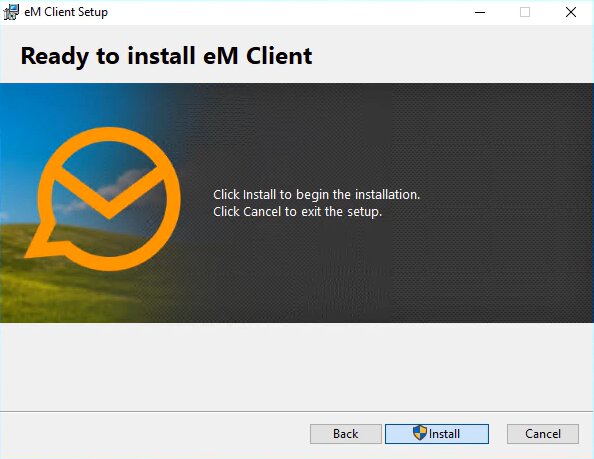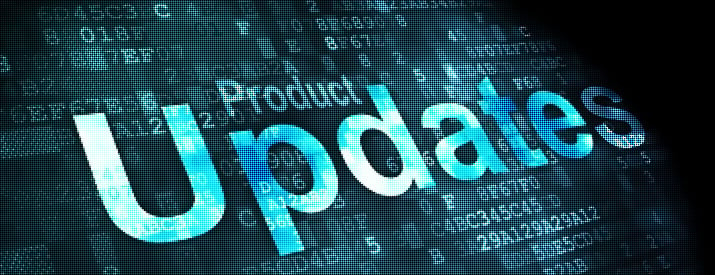While many businesses are moving their email from on-premises to the cloud, many that have already made the switch have discovered that cloud hosted email has its share of drawbacks to go along with the benefits these businesses had originally sought.
Brad Wyro
Recent Posts
Office 365 Vulnerabilities Every Business Should Consider
By Brad Wyro posted in Industry Insight, Two-Factor Authentication, Email Best Practices
Phishing Email Uses Google Drive to Get Past Microsoft Security
By Brad Wyro posted in Business Email Compromise, Email Security, Stop Spam Email, Spear Phishing, Phishing
This week, Threatpost reported on a new spear-phishing attack that uses email sent via Google Drive claiming to be the CEO of the targeted company sharing important information with the recipients. The email came from Google Drive, but the sender address didn't match the company's standard naming convention for email addresses.
SecurityGateway for Email - Archiving and Cloud-Based Email Integration Updates
By Brad Wyro posted in Email Security, Product Updates, Email Archiving
When it comes to email archiving, businesses require features that go beyond simple message replication in order to meet expanding regulations. And because every email solution, whether it’s on-premises or in the cloud, needs strong anti-spam/anti-malware filtering, it makes sense to combine archiving and security into a single product. To address the growing demand for a combined email security/archiving solution, archiving was added to SecurityGateway for Email in version 6.0.
MDaemon Email Server and Security Gateway Rank High in G2 Crowd's Summer Reports
By Brad Wyro posted in Industry Insight
 MDaemon Email Server and Security Gateway customers have made it clear – MDaemon Technologies delivers safe, secure email solutions that fit their unique business needs at a great price.
MDaemon Email Server and Security Gateway customers have made it clear – MDaemon Technologies delivers safe, secure email solutions that fit their unique business needs at a great price.
eM Client - an email client that works with MDaemon Email Server!
By Brad Wyro posted in Email How To, MDaemon Email Server, Product Updates, Email Server
If you’re like me, you want an email client that’s easy to set up, easy to use, and easy on the eyes, and if it works well with MDaemon, then that’s a huge plus!
Renew Older Software for the Latest Features & Improved Security!
By Brad Wyro posted in Cybersecurity, MDaemon Email Server, Product Updates, Security Gateway for Email, Email Server
As our products have evolved over the years, with new features added regularly, older versions of our software are eventually no longer supported.
Keep your Mail Server Running Smoothly with Today's MDaemon Update
By Brad Wyro posted in MDaemon Email Server, Product Updates, Email Server
To ensure MDaemon and its plugins provide the most up-to-date security and best performance, we often provide maintenance updates to help our customers get the most out of their business email and collaboration server.
Not Today, Scammer! Today's Phishing Attempt
By Brad Wyro posted in Email Security, Cybersecurity, Stop Spam Email, Phishing
A brief glance through my Spam folder in MDaemon Webmail today reminded me of the need for on-going education on the topic of phishing and Business Email Compromise (BEC) scams. Because businesses have already lost millions of dollars to these scams and continue to fall victim every day, it bears repeating that, while spam filters and secure email gateways continue to improve, no solution is 100% fool-proof.
Never Lose an Important Email: How to Track Messages in Security Gateway
By Brad Wyro posted in Email Gateway How-To, Email How To, Security Gateway for Email, Tutorial
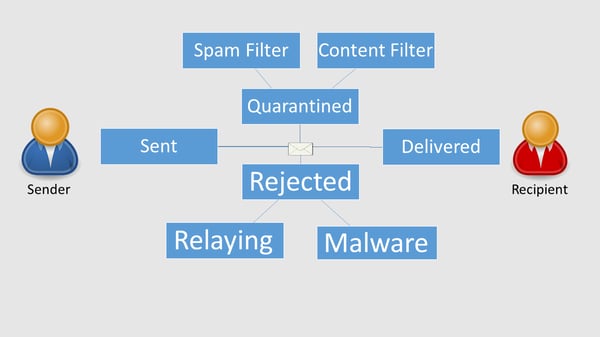
Most of our customers are small-to-medium businesses with limited IT budgets across a variety of industries – including healthcare, education, manufacturing, and government. Having a limited IT budget often means having limited staff available for troubleshooting email or tracking down messages, so when considering which email gateway/spam filter you want for your business, one of the main criteria to consider is how easy it is to find messages for your users. Users who are expecting business-critical messages need to know ASAP what happened if that message is not delivered. With Security Gateway, it’s easy to find out if a message was rejected, quarantined or delivered. If it was rejected or quarantined, color-coded transcripts make it easy to determine exactly why the message was not delivered.
MDaemon 19 Provides Updates for Security, Reporting, & Webmail
By Brad Wyro posted in MDaemon Email Server, Product Updates, Email Server
This week, we released version 19 of the MDaemon Email Server, with new features that benefit administrators and end users. The following is a summary of key improvements for email security and productivity. You can view the complete list of new features and updates in the MDaemon release notes.

